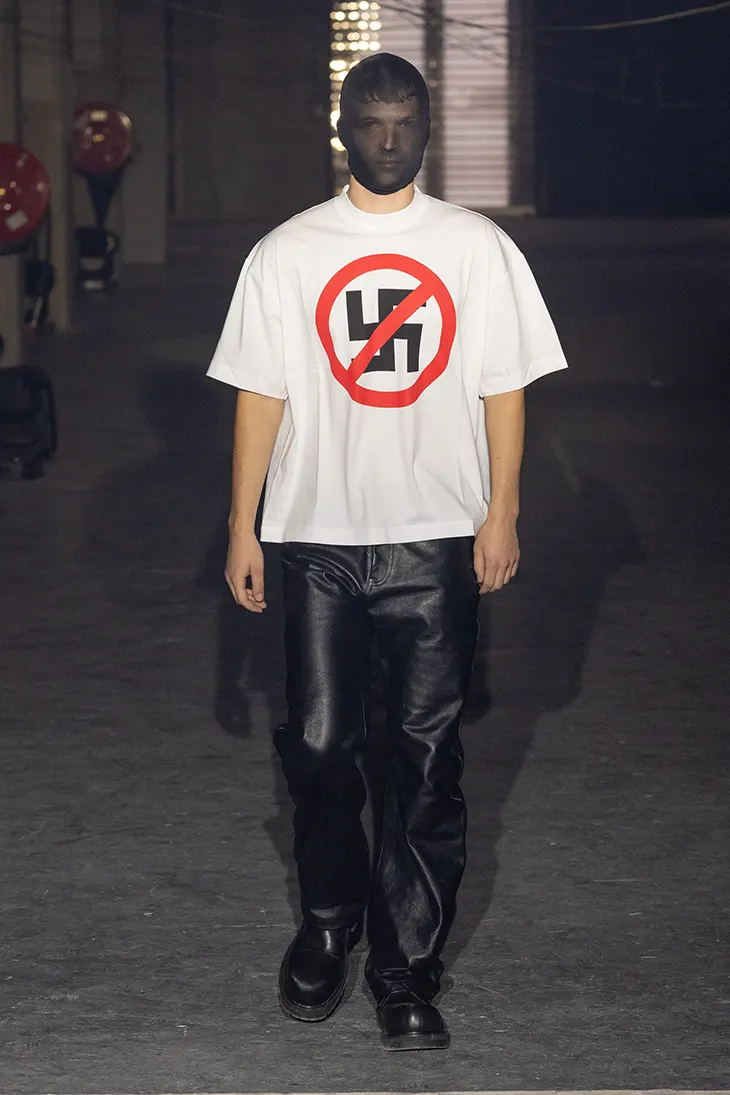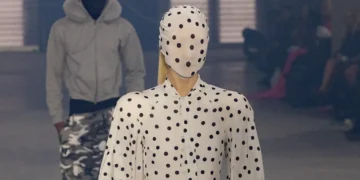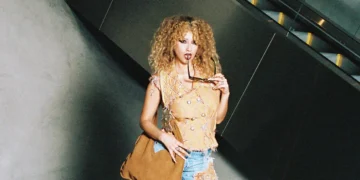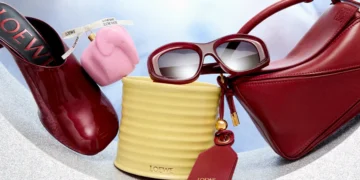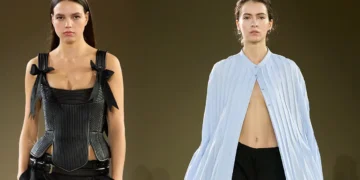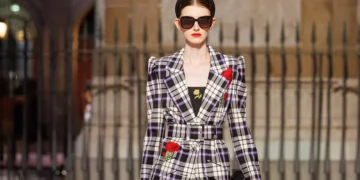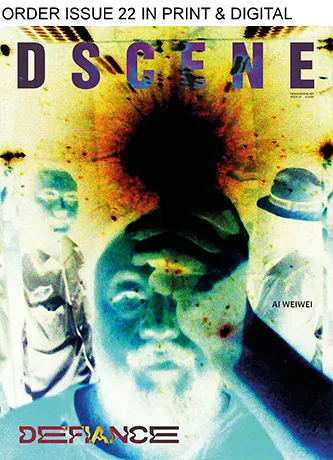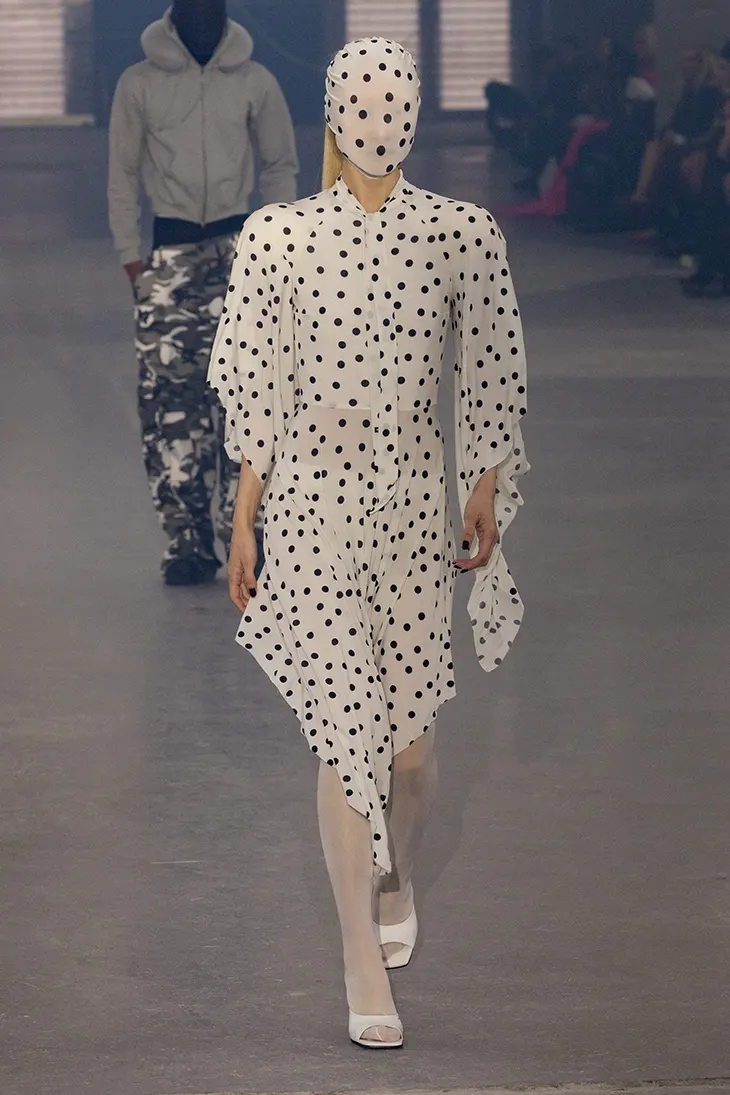
Vetements Spring Summer 2026 show unfolded like controlled chaos. Guram Gvasalia once again refused restraint, turning the Champs-Élysées into a raw, industrial stage where fashion became confrontation. The Georgian designer built his latest vision on contrast, excess, and disruption, forcing the audience to experience the collection as sensation before sight.
The show took place in a concrete arena resembling a parking lot, covered in flashing strobe lights that fragmented both space and vision. A thunderous soundtrack by Anyma and Chris Avantgarde intensified the atmosphere, drowning out thought in favor of pure sensory overload. Barking dogs opened the presentation, followed by an overwhelming rhythm of light and sound that disoriented models and viewers alike. Several stumbled into the photographers’ pit, their path obscured by the visual chaos, yet the disarray felt intentional, an extension of Gvasalia’s confrontation with spectacle itself.
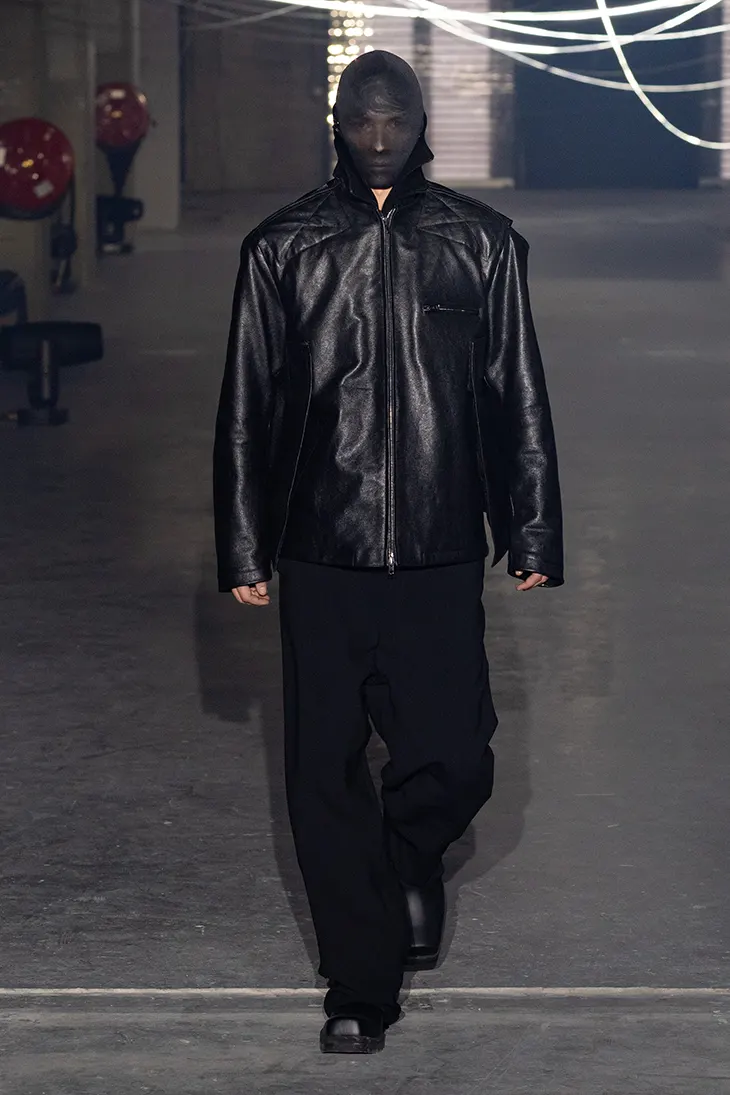
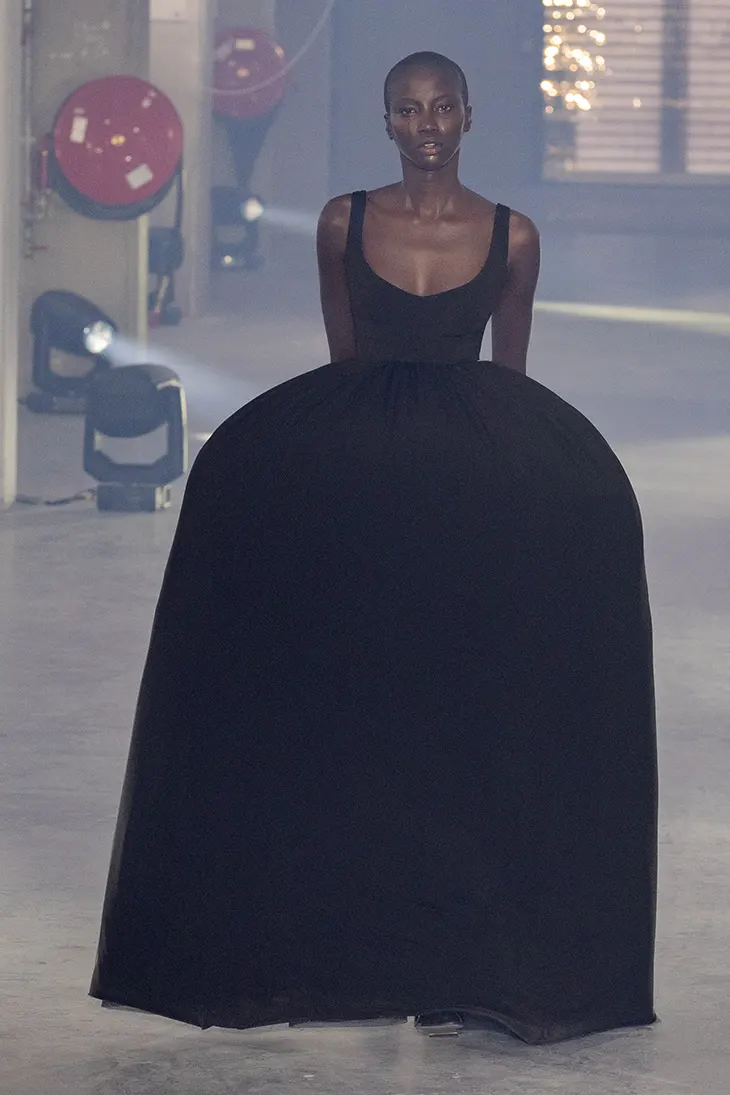
Tailored jackets appeared formal from the front but unraveled into sheer, revealing constructions from behind. Eveningwear echoed classic glamour before turning into something much more exposed. Each turn revealed bare backs and translucent layers that stripped away pretense, leaving vulnerability as the ultimate gesture.
Lingerie and bodywear shaped much of the collection’s language. Sheer pantyhose fabrics wrapped legs and torsos, while new versions of the pillow dress appeared as sculptural armor against the chaos.
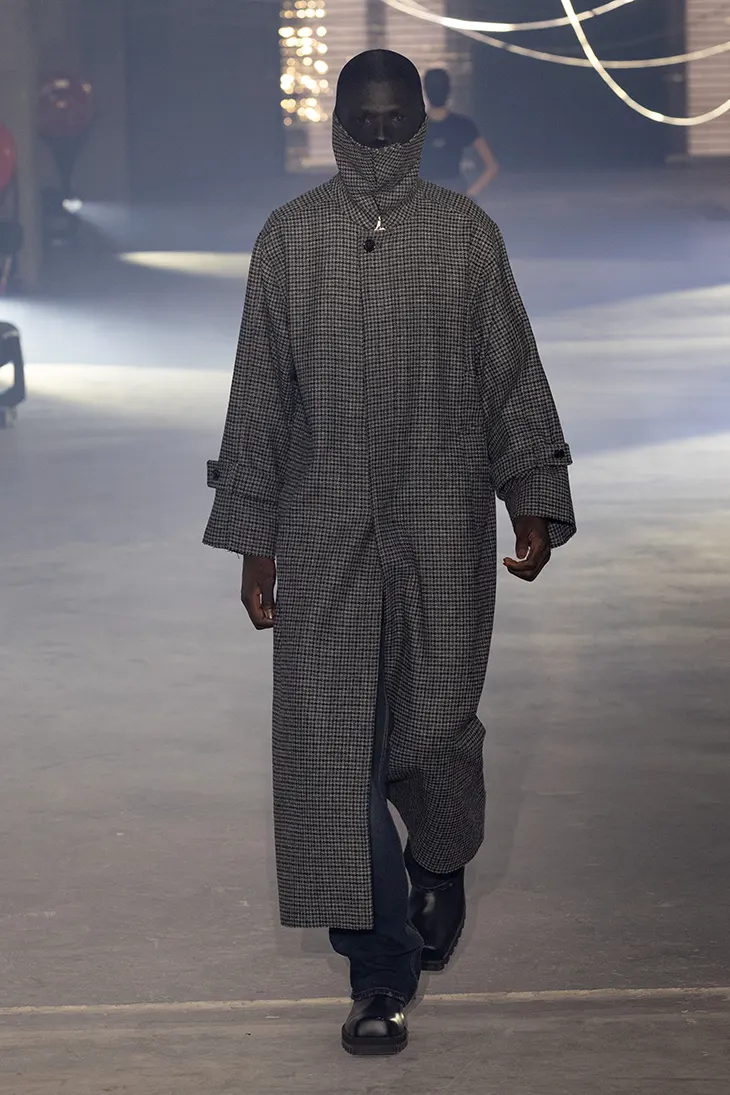
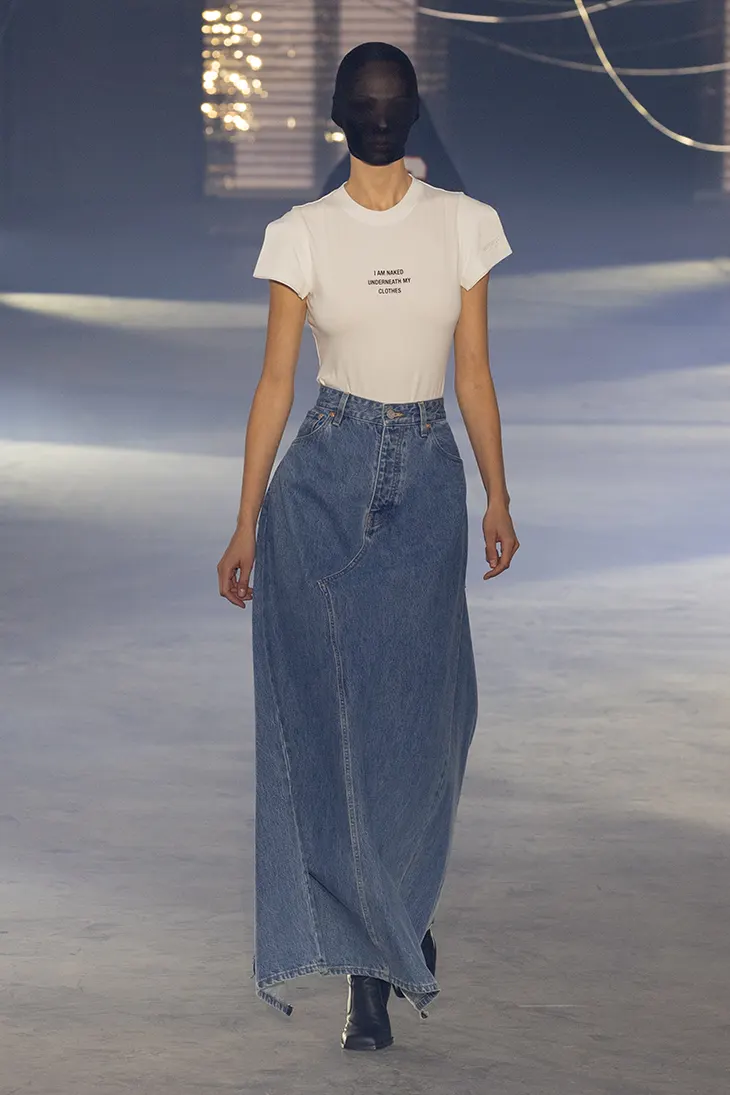
Masks returned as recurring motifs, a nod to Martin Margiela’s influence and Gvasalia’s fascination with anonymity. Oversized outerwear with raised collars formed barriers around the face, creating a literal defense against exposure. Beneath the provocation, the tailoring showed technical discipline, turning the act of covering and revealing into design language.
The slogans returned too, “I AM NAKED UNDERNEATH MY CLOTHES” read across fitted tees, while rhinestoned Paris souvenir tanks glimmered with late ’90s nostalgia. Striped polos, cropped track jackets, and cargo pants clashed with evening silhouettes, forming a visual vocabulary that spoke to global culture as much as to rebellion.
